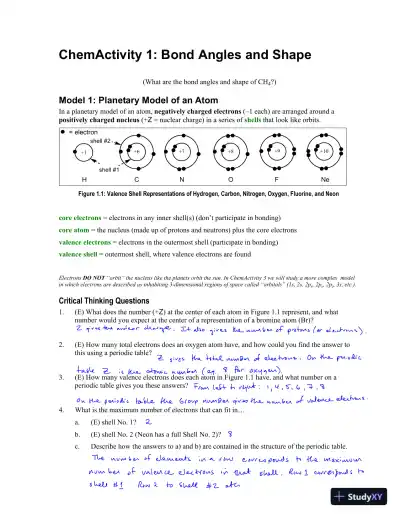Page 1

Loading page ...
Stay on top of your textbook work with Solution Manual For Organic Chemistry: A Guided Inquiry, 2nd Edition, a guide offering complete solutions for every exercise.

Loading page ...
This document has 431 pages. Sign in to access the full document!